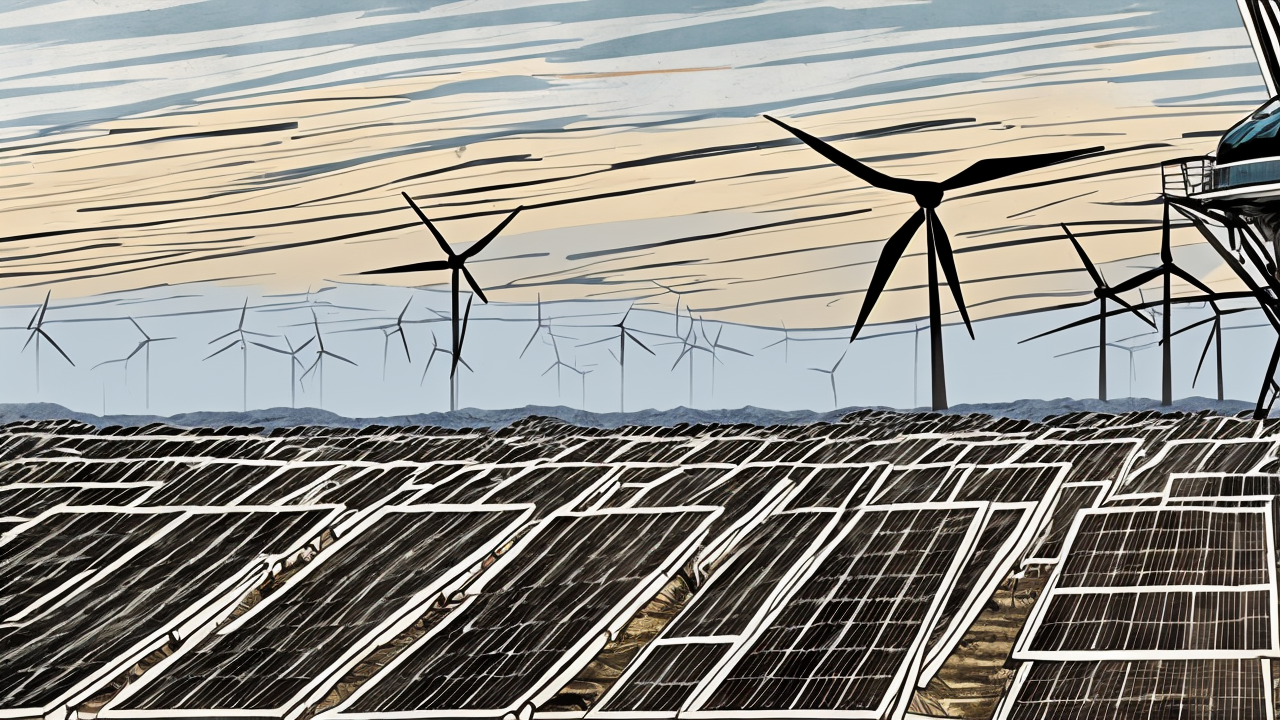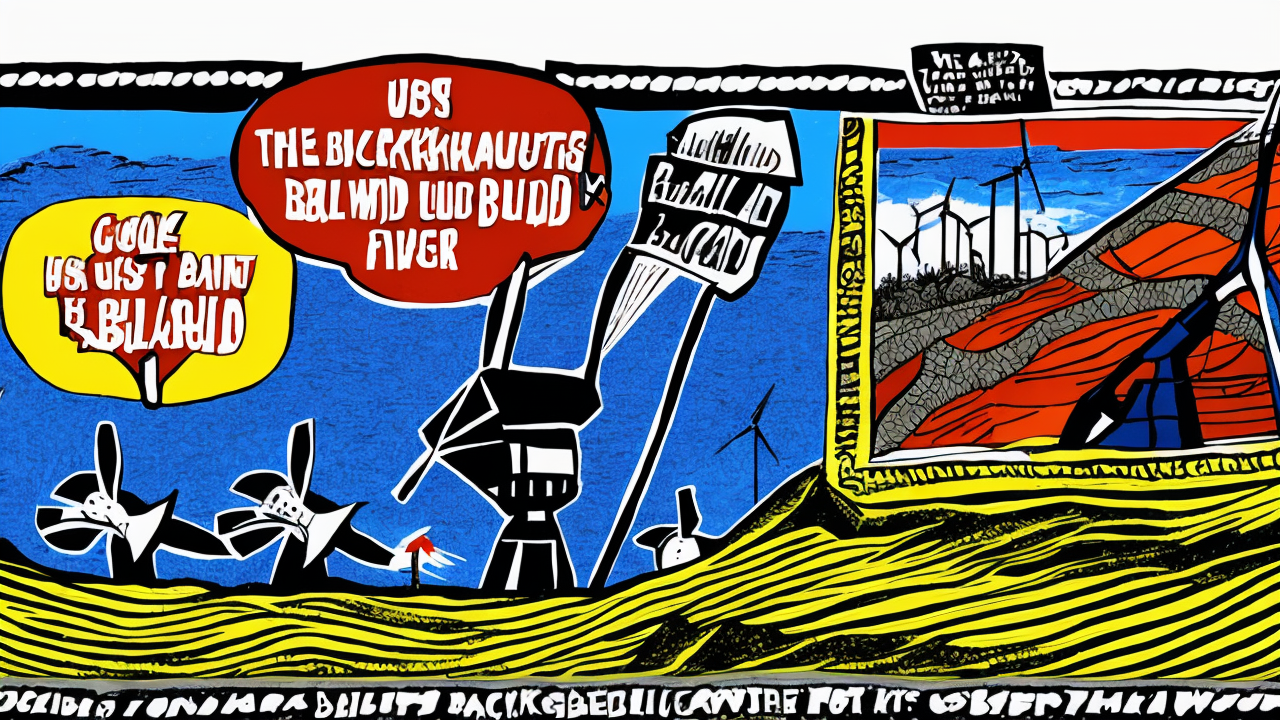The Environmental Trade-offs of Wind and Solar Energy

The pursuit of cleaner energy sources has become a central theme in modern policy debates. Wind and solar power are often celebrated as the future—clean, abundant, and essential to combating climate change. Yet, a growing body of evidence, including a recent report by the Independent Institute, reveals that these technologies carry environmental and strategic costs that are too often overlooked. A balanced view of energy policy must recognize both the benefits and the real trade-offs involved.
While wind and solar generate electricity without burning fossil fuels, their production and lifecycle demand significant natural resources. These systems rely heavily on rare earth minerals such as neodymium, lithium, and cobalt. Much of this material comes from countries with weak environmental regulations and questionable labor practices. China, for instance, controls a dominant share of global mining and refining capacity. This concentration of power creates a vulnerability in the supply chain and raises concerns about long-term national security. When a single nation can dictate access to critical materials, it undermines the independence of others and exposes energy systems to geopolitical pressure.
Moreover, the durability of renewable infrastructure is a major consideration. Most wind turbines and solar panels are designed to last between twenty and twenty-five years. In contrast, natural gas plants can operate reliably for forty years, and nuclear facilities have been known to function safely for up to eighty years. This shorter lifespan means more frequent replacements, which in turn drives higher demand for raw materials and increases the volume of waste that must be managed. The constant cycle of manufacturing, deployment, and decommissioning places a growing strain on ecosystems and resource availability.
When wind turbines and solar panels reach the end of their life, disposal becomes a pressing issue. Unlike traditional energy infrastructure, which can be repurposed or recycled with greater ease, many renewable components are difficult to break down. Panels contain glass, silicon, and metals that are not easily recovered. Turbines have large blades made of composite materials that resist degradation and often end up in landfills. Without robust recycling systems in place, these materials contribute to long-term environmental burdens rather than solving them.
These realities challenge the narrative that renewable energy is inherently sustainable. True sustainability means stewardship—not just of the atmosphere, but of all natural resources. It means building systems that last, minimize waste, and respect the long-term health of the planet. Rushing to adopt technologies without fully understanding their lifecycle impacts risks creating new environmental problems while attempting to solve old ones.
A wise energy policy must be grounded in realism, not ideology. It should weigh the benefits of reduced emissions against the full scope of environmental and national security costs. It should support innovation, but not at the expense of accountability or long-term planning. The United States has a proud history of engineering excellence and responsible resource use. We should build on that legacy by investing in energy solutions that are durable, resilient, and independent.
We must also remember that energy is not just a technical issue—it is a moral one. Stewardship of the Earth is a responsibility entrusted to us by nature and by faith. This means using resources wisely, avoiding waste, and ensuring that our choices today do not compromise the well-being of future generations. Policies that ignore the full cost of renewable technologies—especially those that increase dependence on foreign nations—undermine both environmental responsibility and national integrity.
The path forward is not to reject wind and solar outright, but to approach them with greater caution and discernment. We should continue to invest in research, improve recycling methods, and prioritize energy sources with proven longevity and reliability. A truly sustainable energy future is not built on hype or political momentum, but on sound judgment, long-term thinking, and a commitment to responsible stewardship.
Published: 10/14/2025








